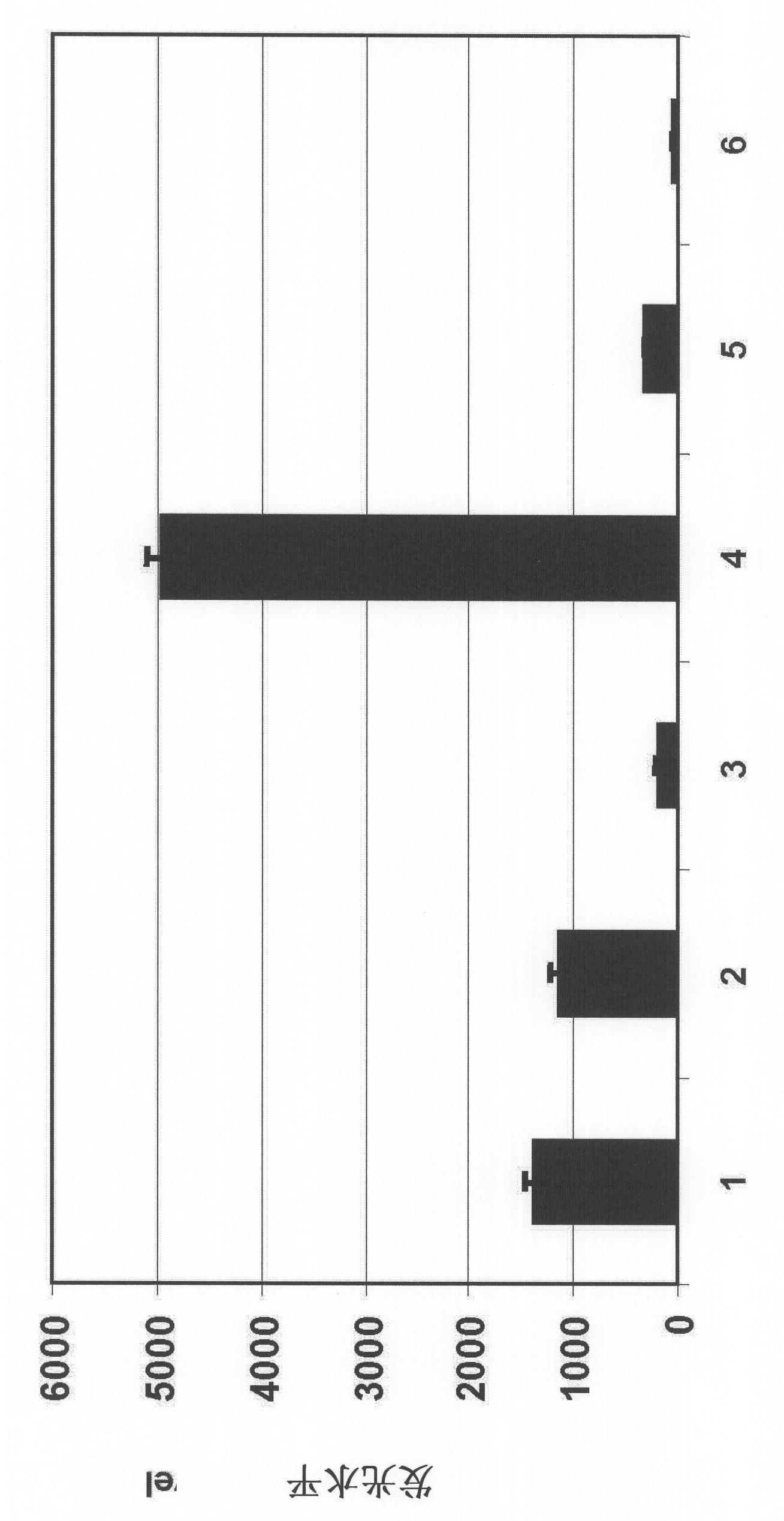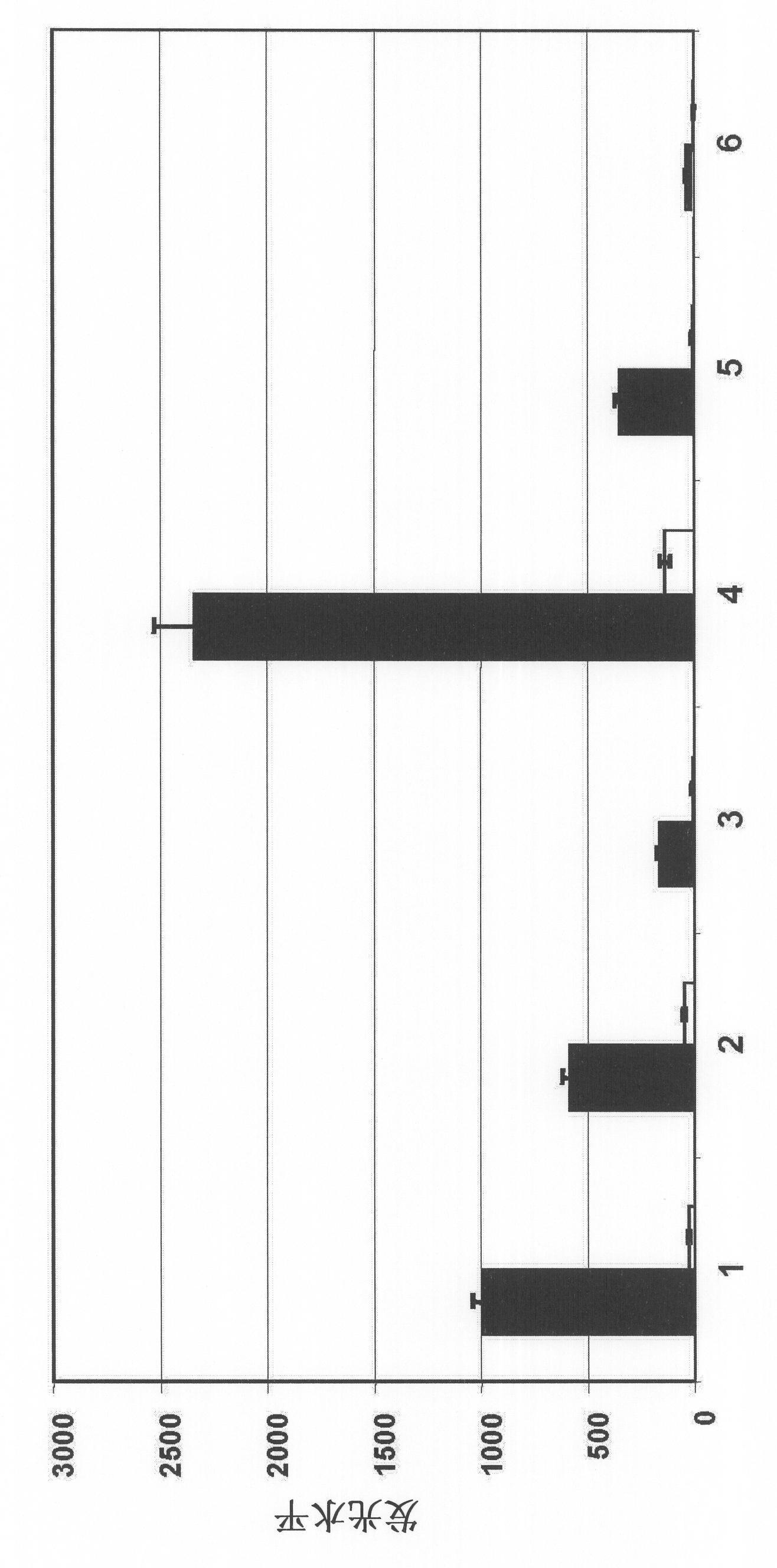Rtef-1 variants and the use thereof for inhibition of angiogenesis
A technology of RTEF-1 and expression vector, applied in the field of molecular biology
- Summary
- Abstract
- Description
- Claims
- Application Information
AI Technical Summary
Problems solved by technology
Method used
Image
Examples
Embodiment 1
[0184] experiment method
[0185] Isolation and culture of primary ocular vascular endothelial cells
[0186] All human cells and tissues were used in accordance with approved Institutional Review Board methods. Primary cultures of endothelial cells isolated from human retina were established using established methods and used as a source of mRNA (Kanda et al., 1998; Silverman et al., 2005). Human cadaver eyes were obtained from unidentified donors (Lion's EyeBank, Portland, OR) within 24 hours of death. Donors had no history of cardiovascular or ocular disease and ranged in age from 16-42. Briefly, these retinal and iris tissues were aseptically dissected and isolated from donor eyes and digested in 0.2% collagenase (Sigma Chemical Co, St Louis, MO) Mouse monoclonal antibody-coated magnetic beads (Dynal Biotech, Inc., Lake Success, NY) separate endothelial cells (EC) from other cell types. ECs were cultured in MCDB-131 complete medium (Clonetics / BioWhittaker, Walkersville...
Embodiment 2
[0198] A novel isoform of RTEF-1 is present in hypoxic and normal ocular vascular endothelial cells
[0199] Using the F1 and R1 primer pairs, cDNA amplification from primary cultures of human retinal (PRVEC) and iris (PIVEC) vascular endothelial cells was amplified to obtain approximately 1305bp and 936bp products ( figure 1 B). Using the same primer pair, amplification of cDNA isolated from PRVEC that had been cultured under hypoxic conditions for 24 hours prior to isolation of mRNA yielded an additional product of approximately 447 bp ( figure 1 B). 651bp cDNA was isolated from human primary retinal vascular endothelial cells (PRVEC).
[0200] Sequencing analysis revealed that the largest product was identical to the full-length 1305bp RTEF-1 gene spanning the start and stop codons (SEQ ID NO: 1), while the 936bp, 651bp and 447bp transcripts were alternatively spliced transcripts of the 1305bp product things. The following description of codons will be numbered accord...
Embodiment 3
[0208] Effect of new RTEF-1 isoforms on expression from the VEGF promoter
[0209] The polypeptide from the 1305bp isoform has been shown to act as a transcriptional stimulator of VEGF in bovine aortic endothelial cells by binding to the Sp1 site (Shie et al., 2004). A study was therefore carried out to investigate whether the new isoform was able to stimulate expression from the human VEGF promoter. The 5' proximal promoter of the human VEGF gene containing 54 bp of the 5' UTR and 1,082 bp upstream of the transcription start site was cloned into the pSEAP reporter plasmid and the RTEF-1 isoform into the pcDNA expression vector. Due to difficulties in nucleofection of plasmid DNA into primary cultured ocular vascular endothelial cells, the 293T cell line was used as an alternative cell line for transfection studies. Co-transfection of the VEGF promoter-reporter plasmid with one of the RTEF-1 isoforms showed that the 1305bp, 936bp and 447bp isoforms upregulated the expression ...
PUM
| Property | Measurement | Unit |
|---|---|---|
| molecular weight | aaaaa | aaaaa |
| molecular weight | aaaaa | aaaaa |
| molecular weight | aaaaa | aaaaa |
Abstract
Description
Claims
Application Information
 Login to View More
Login to View More - R&D
- Intellectual Property
- Life Sciences
- Materials
- Tech Scout
- Unparalleled Data Quality
- Higher Quality Content
- 60% Fewer Hallucinations
Browse by: Latest US Patents, China's latest patents, Technical Efficacy Thesaurus, Application Domain, Technology Topic, Popular Technical Reports.
© 2025 PatSnap. All rights reserved.Legal|Privacy policy|Modern Slavery Act Transparency Statement|Sitemap|About US| Contact US: help@patsnap.com



